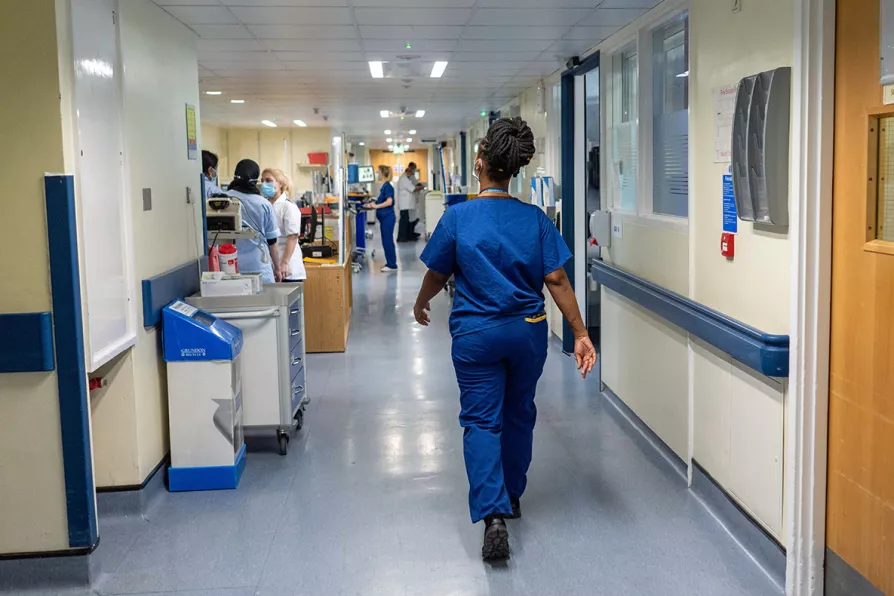The long-term effects of chemical weapons such as Agent Orange mean that the impact of war lasts well beyond a ceasefire
Digital dreams are a techno-nightmare for the NHS
SOLOMON HUGHES looks at the multiple IT projects that are currently failing the NHS, and asks why the state doesn’t simply train its own health staff to do the work in-house

 A general view of staff on a NHS hospital ward at Ealing Hospital in London
A general view of staff on a NHS hospital ward at Ealing Hospital in London
BOTH the Tories and Labour are promising “digital” will save the NHS — but in the real world, this technophile talk sounds empty, because the government’s “big contracts” watchdog warns the NHS’s main IT programmes are in real danger of failure.
This year, Health Secretary Steve Barclay said that “supporting innovation and the adoption of the right digital health technologies” is key to NHS recovery after the pandemic.
Barclay thinks digital is the answer to doing more with less, arguing “we know” that “digitally mature NHS trusts operate with approximately 10 per cent improved efficiency.”
Similar stories

Labour warned that workers expect better as anger mounts over welfare cuts and public-sector pay

Born from my communist social worker mother’s efforts to bridge healthcare gaps, Labour’s push for home-based care now risks becoming another avenue for the US corporate takeover of the NHS, writes RICHARD CLARKE

Behind Starmer’s headline-grabbing abolition of NHS England lies a ruthless drive to centralise control so that cuts of £6.6 billion can be made — even if it means reducing cancer services and clinical staff, writes JOHN LISTER

Diverting public funding to grow private-sector ‘spare capacity,’ actively undermines the funding and staff available to the NHS and results in a worse service, write JOHN PUNTIS and TONY O’SULLIVAN











